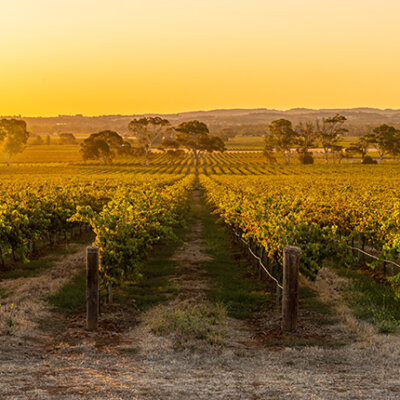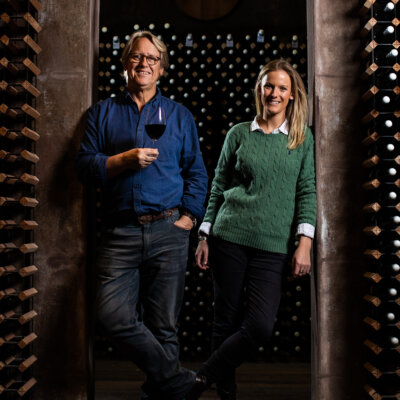Few wine regions can compete with the sheer beauty of the majestic Douro Valley. Wild and remote, the valley is a designated UNESCO world heritage site as well as being the world’s oldest demarcated wine region.
It is, however, this remoteness, combined with its climate and geography that also make it one of the world’s most challenging wine producing areas.
Few crops, for example, can withstand the extreme climate of the valley, ranging from hot, dry summers, with temperatures in excess of 40°C, to freezing cold winters, with temperatures often reaching, or dipping below zero.
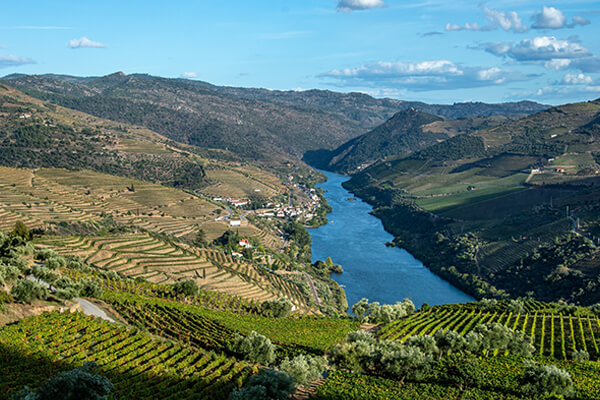
The Douro is also the world’s largest area of mountain vineyard, making the regions vineyards difficult to access and even more difficult to work. Mechanisation is therefore limited and nearly all of the grapes harvested to make Port are picked by hand.
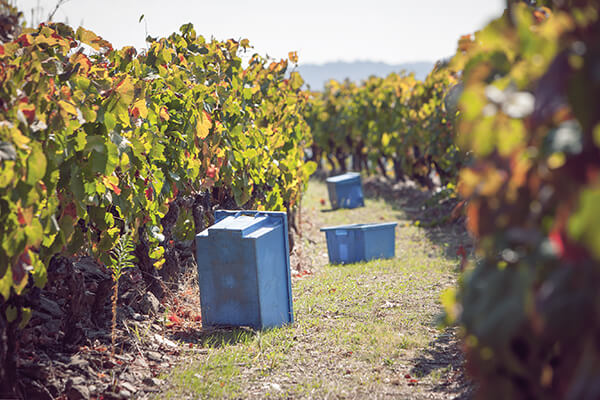
The soils too are not conducive to large scale wine production. The local ‘Schist’, a slate-like metamorphic rock, produces very dry soils that contain less than 1.5% organic matter, so the hardy wines that survive here require roots that are capable of forcing their way through this rock in order to access water.
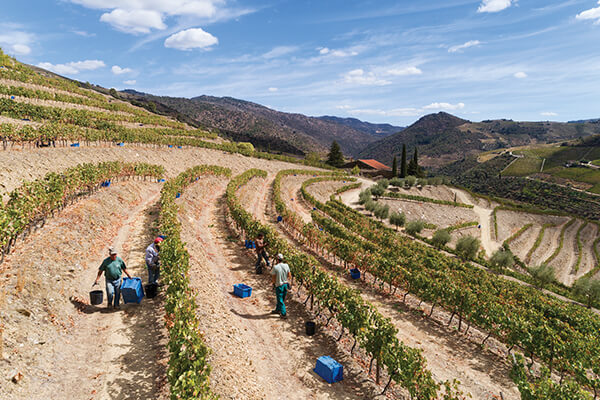
The regions yields are tiny as a result – an average of just 4,000 kg/ha compared with averages in the New World of up to 14,000 kg/ha.
It could therefore be argue that producing Port is something of a ‘labour of love’, particularly when one considers that the finished wines have to then be shipped many miles to the coastal town of Oporto (from which the wine takes its name) where they are stored, aged and eventually bottled. In the past this used to be done by boat, but thankfully nearly all the wine these days is transported by road.
Stories, insight and of course wine
Stay up to date with the world of wine


